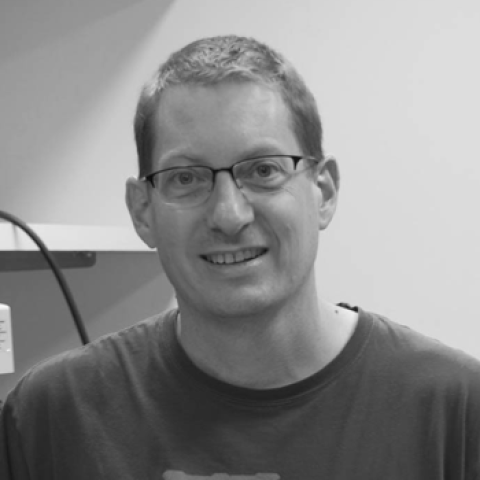Interdisciplinary Initiatives Program Round 5 – 2010
Aaron Straight, Biochemistry
Andrew Spakowitz, Chemical Engineering
Hideo Mabuchi, Applied Physics
One of the great challenges in modern cell and molecular biology is to understand how the genomes of living organisms are organized within the cell. The DNA of eukaryotic genomes must be highly compacted to fit into the micron scale space of the nucleus yet the genome must also be dynamic and accessible to the enzymes that replicate, repair and express genetic information. Eukaryotic genomes are organized by packaging of the DNA around histone proteins to form chromatin and then folding of the chromatin into increasing levels of higher order organization. Despite many years of research on chromatin we have a poor understanding of the physical properties of chromatin that determine the organization of chromosomes within the cell.
The goal of our proposal is to develop a novel approach to understand chromatin dynamics that will inform our understanding of genome organization and function. We are taking a highly interdisciplinary approach to the problem by combining single molecule biophysical measurements of reconstituted chromatin with theoretical modeling of chromatin polymer behavior. Our approach requires diverse skills, approaches and thinking that would be rare if not impossible to find in a single research group, thus a collaborative effort is the only means toward achieving our goals. Our approach provides a completely new avenue into studying chromatin and chromosome organization that is directly applicable to nuclear organization in eukaryotic cells. Knowledge of the physical basis for chromatin dynamics and organization is likely to broadly impact our understanding of genomes organization during development, chromosome condensation during cell division and the role of chromatin structure in regulating replication, repair and gene expression.




